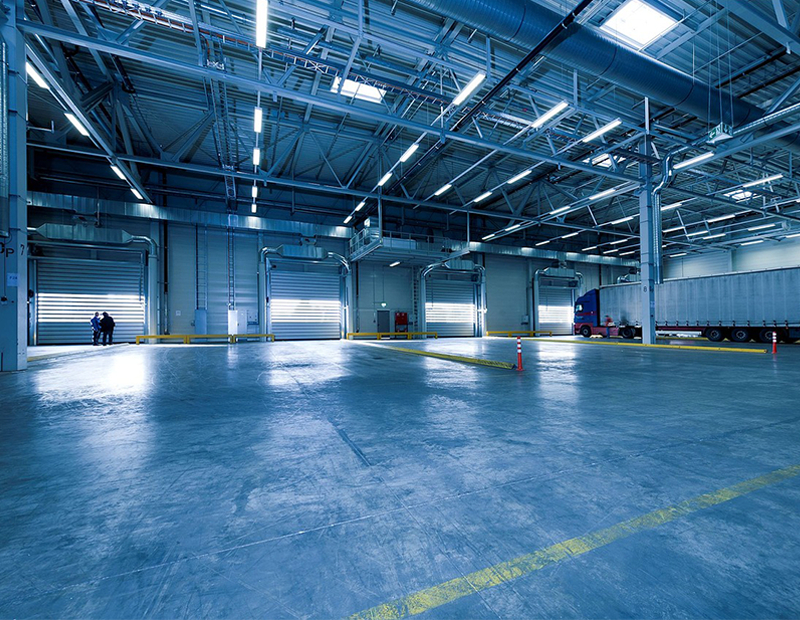Logistics, E-commerce Bolster Sustainability
New research from Prologis indicates that more environmentally friendly transportation helps render e-commerce-driven logistics real estate more sustainable than other CRE sectors.

Image via Pixabay
The ever-evolving logistics sector continues to thrive due in no small part to e-commerce, and the sector is taking a leadership position in the ongoing greening of commercial real estate, also due in no small part to e-commerce. Prologis’ new research report, Logistics Real Estate and E-commerce Create Sustainability Advantages, tells the story.
Prologis points to research from such entities as MIT and GRESB that concludes that e-commerce is more sustainable than the conventional brick-and-mortar retail method, with transportation being the central factor. Transportation is the largest source of emissions for the U.S., and e-commerce decreases transportation requirements through consolidated delivery. According to academic studies, the transportation element of e-commerce’s impact on the environment is less than 50 percent that of in-store shopping.
READ ALSO: Can ‘Unprecedented’ Industrial Growth Continue?
Per Prologis’ research, location strategy, sales channel and technology combine to create notable and lasting sustainability advantage. Location strategy today places goods closer to consumers by consolidating packages to maximize load capacity, thereby reducing overall transport emissions.
As for sales channel, a means of bringing products to the market, e-commerce operators are finding ways to decrease costs via order consolidation and network optimization, which can bring e-commerce’s carbon footprint to as much as 50 percent less than traditional retailing’s carbon footprint.
Finally, renewable energy and sustainable building technologies are becoming a growing part of logistics real estate owners and users’ methods of reducing their carbon footprint. Notably, the use of electric vehicles is increasing, which will have a substantial impact on carbon emissions, as more than 90 percent of trips by parcel delivery vehicles are within the EV-friendly 100-mile range.
Paradigm From Abroad
In its research report, Prologis offers an example of sustainable transportation advancements, pointing to a European case study centered on night delivery. Leading European cities have enacted zero- and ultra-low emission zones, where trucks enter cities at night during low-traffic or off-peak hours to make deliveries to smaller facilities within close proximity to consumers. Those deliveries are then shuttled via cargo bikes and electric vans to consumers’ homes in the morning.







You must be logged in to post a comment.